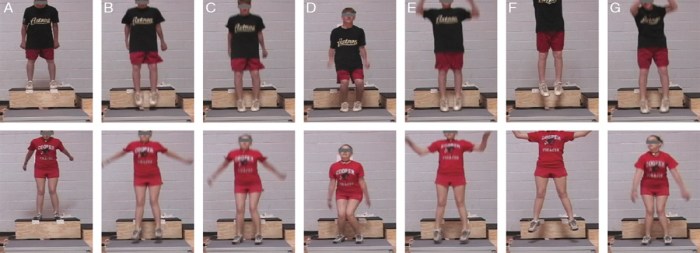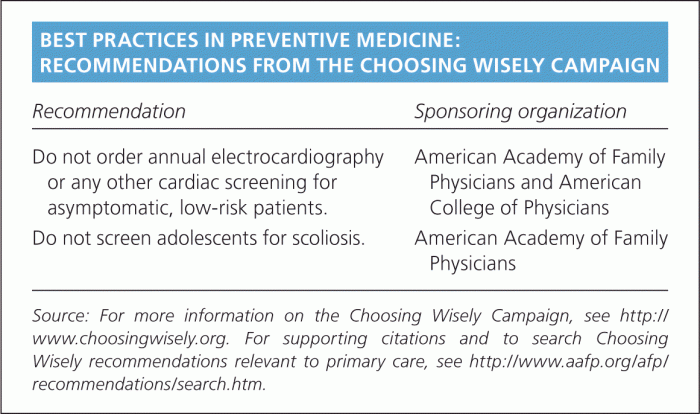The checkout station for preparticipation physical evaluation stands as a critical gateway, ensuring individuals’ readiness for physical activity. This comprehensive assessment provides insights into their health status, unveils potential risk factors, and guides decisions on safe participation.
Delving into the intricacies of the checkout station, we explore its components, procedures, and significance. We unravel the importance of medical history and risk assessment, shedding light on the interpretation and decision-making process. Ethical and legal considerations are meticulously addressed, emphasizing confidentiality and informed consent.
The Checkout Station for Preparticipation Physical Evaluation

The checkout station is a crucial component of preparticipation physical evaluations (PPEs), providing a systematic approach to assessing an individual’s readiness for physical activity. It ensures that individuals are medically cleared to participate in sports or other forms of exercise safely and effectively.
Components and Procedures
A typical checkout station includes the following components:
- Medical history:Gathering a thorough medical history is essential to identify any potential risk factors or contraindications for physical activity.
- Physical examination:A physical examination typically includes a general assessment of the musculoskeletal, cardiovascular, respiratory, and neurological systems.
- Anthropometric measurements:Height, weight, and body composition measurements provide valuable information about an individual’s overall health and fitness status.
- Blood pressure and pulse assessment:These measurements provide insights into an individual’s cardiovascular health and fitness level.
- Additional tests:In some cases, additional tests such as electrocardiograms (ECGs) or urinalysis may be performed based on an individual’s medical history or risk factors.
Medical History and Risk Factors
Collecting a thorough medical history is crucial to identify any potential risk factors or contraindications for physical activity. Common risk factors include:
- Cardiovascular disease
- Respiratory conditions
- Musculoskeletal injuries
- Neurological disorders
- Metabolic conditions
Interpretation and Decision-Making
The results of a PPE are interpreted by a healthcare professional, who then makes a decision regarding the individual’s clearance for physical activity. Clearance may be granted with no restrictions, with specific limitations, or may be denied based on the individual’s medical history, physical examination findings, and risk factors.
Ethical and Legal Considerations, The checkout station for preparticipation physical evaluation
Conducting PPEs involves ethical and legal considerations, including:
- Confidentiality:Patient information must be kept confidential and only disclosed to authorized individuals.
- Informed consent:Individuals must be informed about the purpose, procedures, and potential risks of the PPE before providing consent.
- Appropriate documentation:Accurate and thorough documentation of the PPE is essential for legal and quality assurance purposes.
Training and Certification
Healthcare professionals conducting PPEs must undergo specific training and certification. This training typically includes:
- Medical history taking
- Physical examination techniques
- Interpretation of PPE results
- Decision-making regarding clearance for physical activity
Best Practices and Future Directions
Best practices for optimizing the efficiency and effectiveness of checkout stations include:
- Standardized procedures and documentation
- Use of electronic health records
- Collaboration between healthcare professionals and athletic trainers
Emerging technologies and advancements in PPEs include:
- Telemedicine for remote PPEs
- Wearable devices for continuous monitoring
- Artificial intelligence for risk assessment and decision-making
FAQ
What are the benefits of undergoing a preparticipation physical evaluation?
Preparticipation physical evaluations provide a comprehensive assessment of an individual’s health status, identifying potential risk factors and ensuring safe participation in physical activities.
Who should undergo a preparticipation physical evaluation?
Individuals planning to engage in organized sports, recreational activities, or any form of physical exertion should consider undergoing a preparticipation physical evaluation.
What does a preparticipation physical evaluation typically involve?
A preparticipation physical evaluation typically includes a medical history review, physical examination, and specific assessments tailored to the individual’s activity level and risk factors.


